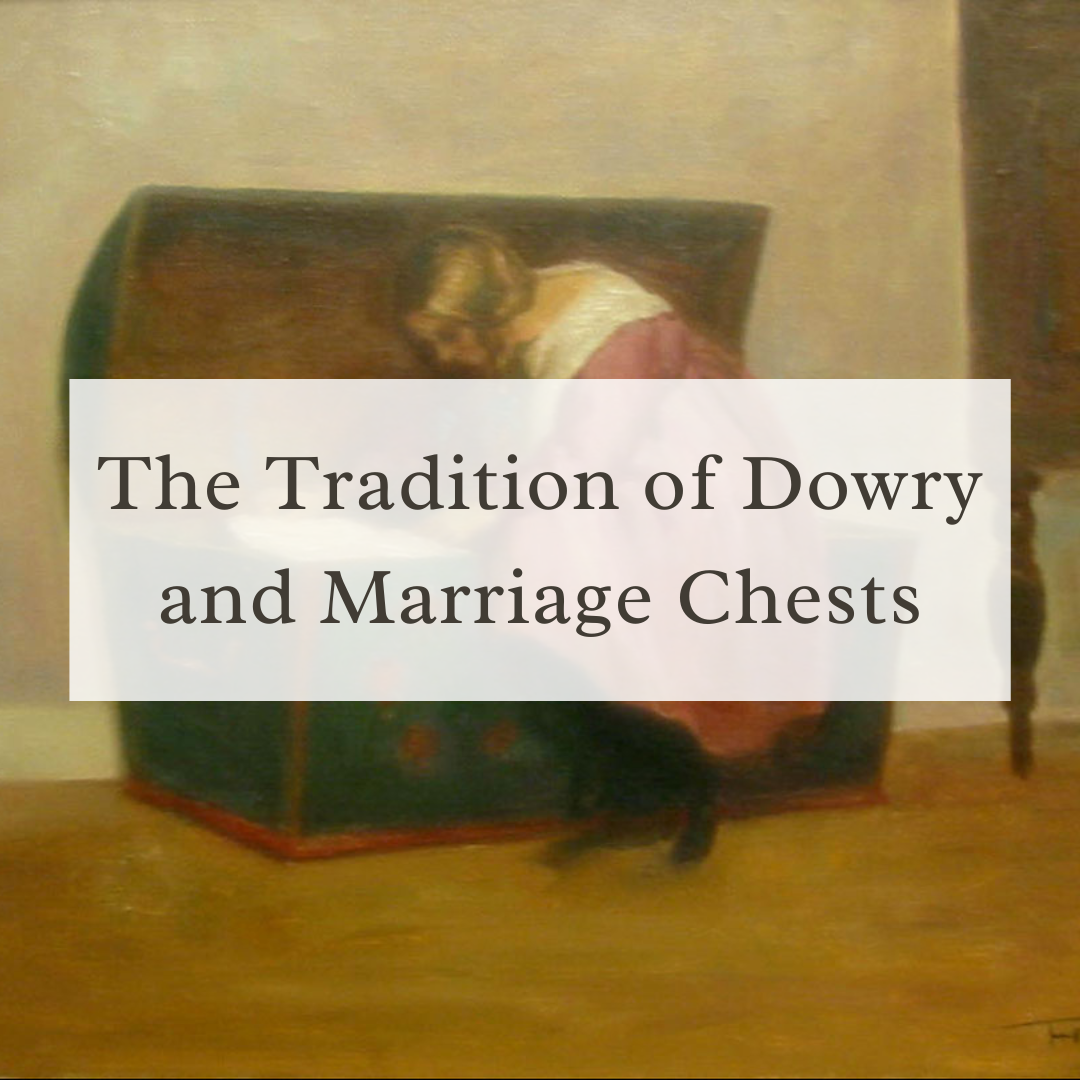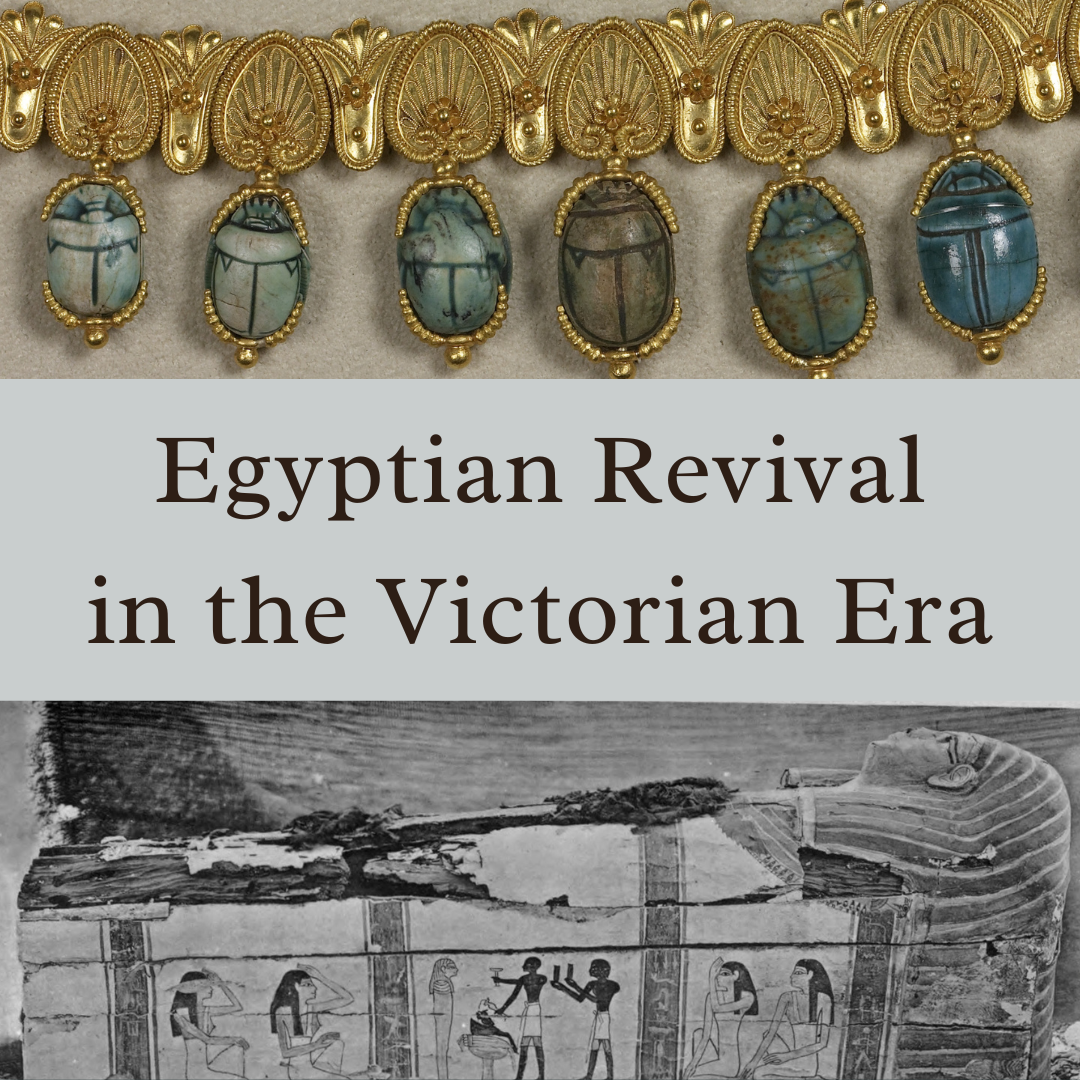
The Tradition of Dowry and Marriage Chests
The dowry chest has been used across cultures all over the world for thousands of years. First mentioned in Hammurabi's Code (circa 1750 B.C.), a woman's dowry refers to the payment given by a bride's family to the groom or his family at the time of the wedding. Each culture had its own origins for their dowry traditions and there is great variation even within cultures, depending on wealth. Some dowries were used as the wife's contribution to her and her husband's new household. In other places, it was the only way for a woman to inherit property, and the dowry was considered belonging only to the wife. As we've entered the 21st century, dowries and dowry chests have become less common, but there are still plenty of traditions that have evolved from them.
Dowry chests that were made from hardwoods were decorated with carving, gesso, or inlay, and the intricacy and materials used were dictated by the family's wealth. Softer woods that are less favorable for carving, like pine, would be painted. Families of means would sometimes line their chests with cedar or camphor wood to protect the contents from pests. The woman would fill the chest with handmade linens and other household goods, her wedding dress, and whatever valuables her family could provide. Ideally, once the chest was full, the young woman would be ready for marriage and to start her own household. Once in her new home, the chest could be used for seating or storage.
For the ultra wealthy (i.e. royalty), some dowries have become legendary. For instance, when Tsarina Maria Alexandrovna, the daughter of Russian Emperor Alexander II, was engaged to marry Queen Victoria's son, Alfred, Duke of Edinburgh, Alexander II was determined to make the match work. Queen Victoria had her reservations about Maria, so included in her dowry was 100,000 pounds upfront, plus an annual allowance of 32,000 pounds, in addition to some of the Russian dynasty's finest jewels. The marriage chest itself was said to have cost 40,000 pounds and included over "50 magnificent dresses, splendid furs and lace at 1,000 roubles a yard." Alexander II also named a Russian battleship after Alfred, the Herzog Edinburgsky. This compilation of gifts and wealth was considered quite extravagant, even for royalty.
Beginning in the 20th century, the use of the dowry or hope chest declined. In the U.S., hope chests have given way to bridal showers. It's believed that modern day Santa Claus originated with Saint Nicholas of Myra, who gifted money to dowry-less young women. While we may not treasure marriage chests like we once did, the traditions it spawned live on.
To view this blog with additional photos, decor and furniture we have available click here!Interested in reading our previous blogs? Click here!




Leave a comment
This site is protected by hCaptcha and the hCaptcha Privacy Policy and Terms of Service apply.